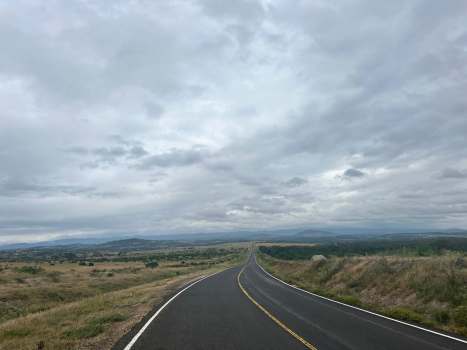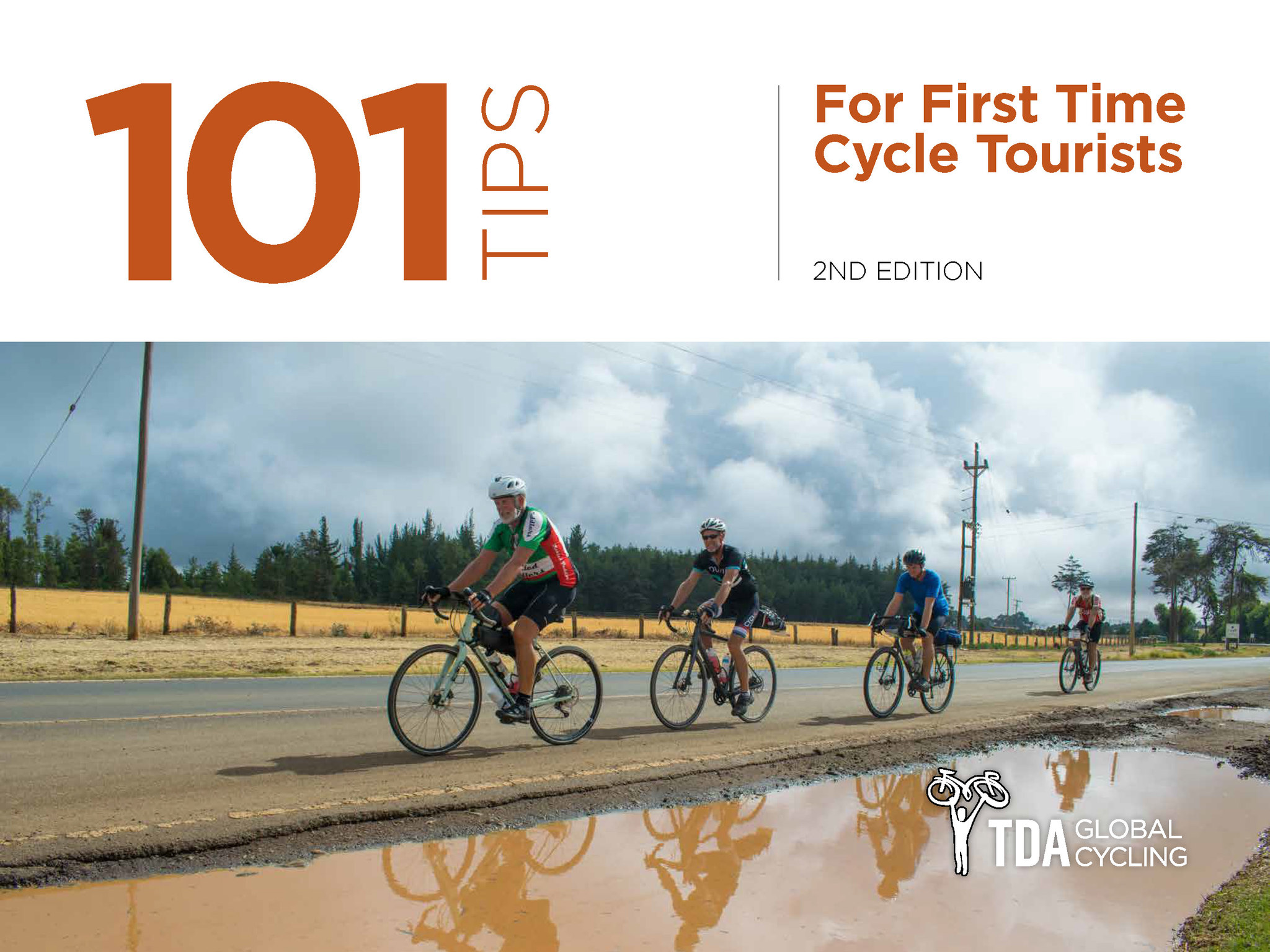Blog
Rest Days In Freetown
It all started rather innocently. I was having breakfast listening vaguely to a conversation behind me about projects and donations when Mateo, our cartoonist extraordinaire, showed me a cartoon of a mosquito asking for a blood donation. “Just one little drop can save a life”. It made me laugh.

I turned to the gentleman behind me and said that he might also appreciate the cartoon. He turned out to be Peter Penfold, the former British High Commissioner to Sierra Leone during its fairly recent tragic past. As a person who played a key role in restoring democracy in the country, the High Commissioner had written a book about the time – Atrocities, Diamonds and Diplomacy.

I was so fascinated by his stories that I asked if he would be open to giving a talk the same evening to our cycling group in order to give them a context to the country, the people and the culture they were experiencing from the seat of the bicycle. The Commissioner, to my delight, agreed.

Inspired by the talk, I decided to wander the streets, the places he mentioned, to make his words come alive with images. Looking at the Google map of the city, I noticed a nearby destination, the Peace Museum, that I thought would be a good place to start. I set off in a straight line towards my target, crossing one shantytown after another. Here, as in the other ‘Lonely Places’ that I have written about, places where foreigners tend not wander, no one bothered me, in fact quite the opposite. If I was paid any attention at all, it was a smile or a friendly greeting. The places themselves seemed liked scenes from a Hollywood blockbuster disaster movie. Unfortunately, in reality, the civil war and the Ebola epidemic were calamities that had helped create the present reality and there were no gofers around to provide a large latte to the technical crew behind the scenes.

The Peace Museum was not obviously marked in any way so I walked into the UN compound to ask where it was. Several more ‘asks’ led me to a small building which, upon entering, I found empty. One room seemed to have previously contained abandoned archives, another some covered exhibition tables, yet another some exposed displays. As I wandered around a man approached me, pointed to a chair and explained that this was the former rebel leader’s favourite seat. Next he pointed to some amulets the rebels wore that they believed protected them from bullets. It was not long however before another man saw me, started yelling that the museum is going through renovations and shuffled me out of the building.

Once outside I noticed a modern building a couple of hundreds meters from me that turned out to be the ‘Special Court for Sierra Leone’. This court, set up to try war criminals, was mentioned by the Commissioner in his book as something that he thought was a mistake and ended up costing in the vicinity of a quarter billion dollars. The court, before it shut down, convicted nine men, so about $26 million dollars per prisoner: ‘not something that a poor country should be spending money on, especially as the criminals were not high ranking individuals’. Upon closer examination I found out that the building was handed over to the government in 2013 and now sits empty, beginning to fall apart. Seems like the High Commissioner may have been right. From the High Court, I headed to the place where Freetown was established, the famous cotton tree where returning former slaves sat down and contemplated their new freedom.

If the side streets did not look as carefree (and car free) in Freetown Christiania, Copenhagen (where I happened to be walking in July after the end of the inaugural Pub Ride), the Freetown streets leading to the core of the city were a raucous mix of traffic, blaring horns, and the miscellaneous noise of people working and trading – doing what they do every day. We had a pleasure of riding this way on the way from the port to the other side of town upon our arrival in Freetown and for me, having cycled in India on our Hippie Trail, the only thing that was missing were the sacred cows. The resulting chaos is not without its charms and though scary at first, in many ways it is safer than cycling the main streets of Toronto where cars are able to speed at over 60km an hour and blasting away at the few daring cyclists.

I found the cotton tree, proudly standing and recording everything that it sees. One day human beings will likely invent an app that will be able to hook up to the tree and tell one very long human saga, of hope, wars, disasters, reconciliations, rebuilding and more hope. I say more hope because if you look at enormity of the rebuilding challenge of Sierra Leone, without hope there is no future. And the people of Sierra Leone believe in the future.
 REGISTER NOW
REGISTER NOW




Leave a Comment for "Rest Days In Freetown"